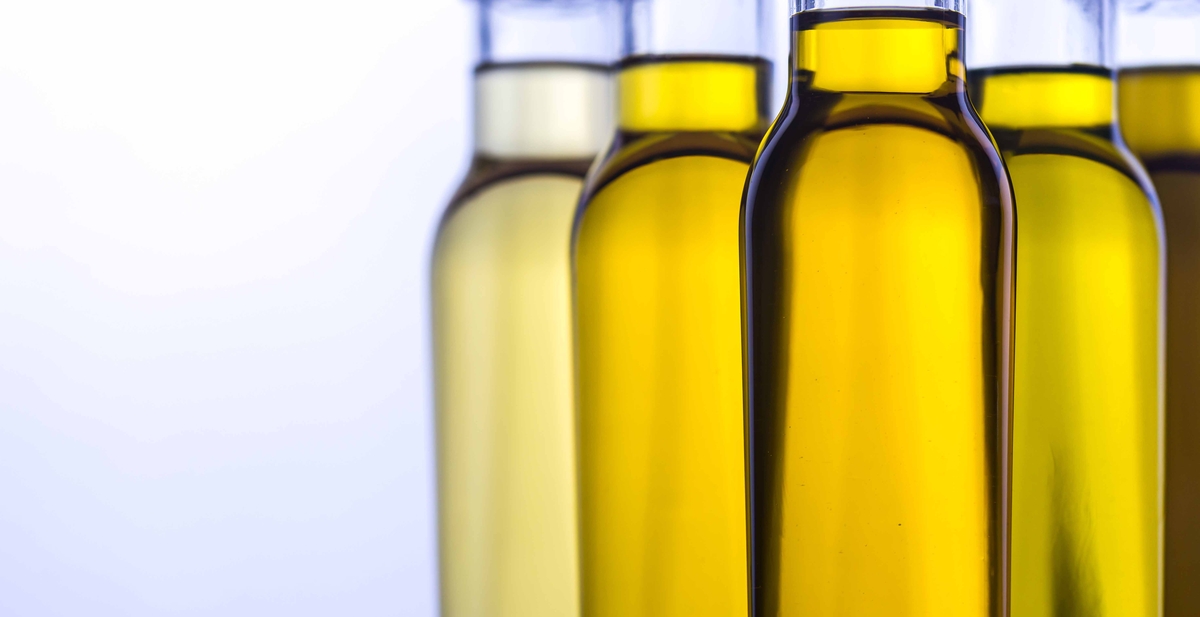

Articles
How To Store Frying Oil
Modified: February 27, 2024
Learn how to store frying oil properly and keep it fresh for longer with these helpful articles.
(Many of the links in this article redirect to a specific reviewed product. Your purchase of these products through affiliate links helps to generate commission for Storables.com, at no extra cost. Learn more)
Introduction
When it comes to cooking, frying is a popular method that can add crispy texture and delicious flavor to a wide variety of dishes. However, what do you do with the leftover frying oil once you’re done cooking? Properly storing frying oil is essential to maintain its quality and ensure it can be reused safely. In this article, we will explore the importance of properly storing frying oil and provide you with helpful tips on how to store frying oil effectively.
Frying oil is a valuable resource in the kitchen, and if stored correctly, it can be reused multiple times without compromising the taste of your food. Not only does this save you money, but it also helps to reduce waste and promote sustainable cooking practices. By following the right techniques, you can prolong the life of your frying oil and maintain its freshness.
So, why is it crucial to store frying oil properly? One primary reason is to prevent the oil from going rancid. Rancid oil not only affects the taste of your food but can also be harmful to your health. When oil is exposed to oxygen, light, and heat, it can undergo oxidation, leading to the development of off-flavors and potentially toxic compounds. By storing frying oil in the right way, you can slow down the oxidation process and preserve its quality.
Another important reason for proper frying oil storage is to prevent cross-contamination. If you’re using the same oil to fry different types of foods, there is a risk of flavor transfer and the introduction of unwanted contaminants. Storing frying oil in a clean and dedicated container can help minimize this risk and ensure that each batch of fried food maintains its unique taste.
Now that we understand the importance of proper frying oil storage, let’s explore the best practices to follow to ensure your oil remains fresh and usable for as long as possible. Let’s dive in!
Key Takeaways:
- Properly storing frying oil is crucial to maintain its quality, flavor, and nutritional value, while also promoting food safety and sustainable cooking practices.
- Choosing the right container, filtering and straining, cooling, and monitoring oil quality are key steps to ensure the longevity and usability of frying oil.
Read more: How To Store Leftover Fries
Importance of Properly Storing Frying Oil
Properly storing frying oil is crucial for several reasons. Firstly, it helps to maintain the quality and flavor of the oil, ensuring that it enhances the taste of your fried dishes. When oil is exposed to oxygen, light, and heat, it can quickly become rancid, resulting in unpleasant flavors and odors. By storing frying oil in airtight containers, away from light and heat sources, you can slow down the oxidation process, keeping the oil fresh for longer.
Secondly, storing frying oil correctly helps to preserve its nutritional value. While frying is generally considered a less healthy cooking method due to the added fat, certain oils can still provide essential nutrients. Vitamins and antioxidants present in the oil can be degraded by exposure to heat and light. By storing the oil in a cool, dark place, you can help maintain these valuable nutrients, ensuring that your fried foods still provide some nutritional benefits.
Properly stored frying oil also reduces the risk of food contamination. When oil is exposed to different types of foods, it can pick up flavor compounds and residues, resulting in off-flavors and cross-contamination. By using dedicated containers for specific types of oil or filtering and straining the oil between uses, you can minimize the risk of flavor transfer and maintain the purity of each batch of fried food.
Furthermore, proper storage of frying oil promotes food safety. When oil is not stored correctly, it can become a breeding ground for bacteria and other microorganisms. Contaminated oil can cause foodborne illnesses, leading to stomach discomfort and digestive problems. By following proper storage practices, such as using clean containers and replacing the oil when necessary, you can ensure that your fried foods are safe to consume.
Lastly, proper frying oil storage is also economical and environmentally friendly. By extending the life of your frying oil through correct storage techniques, you can save money by reducing the frequency of oil purchases. Additionally, by reusing and properly disposing of frying oil, you contribute to a greener planet by minimizing waste and pollution.
Overall, proper storage of frying oil is essential to maintain its quality, flavor, and nutritional value, ensure food safety, and promote sustainable cooking practices. Now that we understand the importance of proper frying oil storage, let’s delve into the specifics of choosing the right container for frying oil storage.
Choosing the Right Container for Frying Oil Storage
When it comes to storing frying oil, selecting the right container is crucial to maintain its quality and prevent contamination. Here are some key factors to consider when choosing a container for frying oil storage:
1. Material: Opt for containers made of materials that are suitable for storing oil. Glass or stainless steel containers are excellent choices as they are non-reactive and won’t leach any harmful substances into the oil. Avoid plastic containers, especially those made of low-quality materials, as they can break down over time and contaminate the oil.
2. Size: Choose a container that is appropriately sized for the amount of frying oil you typically use. It’s best to avoid using oversized containers as they can create more exposed surface area, leading to increased oxidation. On the other hand, using a container that is too small may cause overflow or difficulty in storing and retrieving the oil.
3. Airtight Seal: Look for containers with a tight-sealing lid or cap. Keeping the frying oil tightly sealed helps to prevent oxidation and the absorption of unwanted odors from the surrounding environment. An airtight seal also reduces the risk of any contaminants entering the container.
4. Dark or Opaque: Opt for containers that are dark or opaque to protect the oil from light exposure. Light can cause the oil to degrade quickly and develop off-flavors. If you don’t have access to a dark or opaque container, consider placing the container in a cupboard or pantry to limit exposure to light.
5. Ease of Use and Cleaning: Choose a container that is easy to handle and clean. Look for features such as a wide opening or a pour spout that facilitates pouring the oil in and out of the container without spills. Additionally, consider containers that are dishwasher-safe or have removable parts for easy cleaning.
Remember to thoroughly clean and dry the container before adding fresh oil or reusing the stored oil. Residue or moisture left in the container can contribute to oil degradation and contamination.
By selecting the right container for frying oil storage, you can help lengthen its shelf life and maintain its quality. Now, let’s move on to the next step: straining and filtering the frying oil before storage.
Straining and Filtering Frying Oil before Storage
Before storing frying oil, it is essential to strain and filter it to remove any food particles or debris that may have accumulated during the cooking process. Here’s why straining and filtering frying oil is important:
1. Removes Food Particles: Straining and filtering the oil helps to remove leftover food particles, such as breading or crumbs, that may have broken off during frying. These particles can contribute to faster oil degradation and increase the risk of cross-contamination if left in the oil.
2. Prevents Off-Flavors: Straining and filtering help remove burnt or charred bits that can give the oil an unpleasant taste and aroma. By removing these particles, you can prevent the oil from developing off-flavors and maintain the quality of your future fried dishes.
3. Improves Clarity: Straining and filtering the oil can enhance its clarity, ensuring that it remains visually appealing. This is especially important if you plan to reuse the oil multiple times, as it helps to maintain the desired golden color of your fried foods.
To strain and filter frying oil, follow these steps:
1. Allow the oil to cool: Let the oil cool down to a safe temperature before straining to prevent any accidents or burns.
2. Use a mesh or fine sieve: Place a mesh or fine sieve over a clean container or pot. Make sure the sieve has a fine enough mesh to catch small particles but still allows the oil to pass through.
3. Pour the oil through the sieve: Slowly pour the oil through the sieve, allowing it to pass through while capturing any food particles or debris.
4. Repeat if necessary: If the oil still appears cloudy or contains visible particles, you may need to repeat the straining process one or two more times to ensure optimal clarity.
5. Store in a clean container: Finally, transfer the strained and filtered oil into a clean container that meets the recommended criteria for proper frying oil storage, such as being made of glass or stainless steel with an airtight seal.
Straining and filtering frying oil before storage helps to remove impurities, maintain the oil’s quality, and ensure better results when reusing it for future frying. Now that we have discussed straining and filtering let’s move on to our next step: cooling frying oil before storage.
Cooling Frying Oil before Storage
Before storing frying oil, it is crucial to cool it down to room temperature. Properly cooling the oil helps to maintain its quality and prevents condensation, which can lead to degradation and spoilage. Here is why it is important to cool frying oil before storage:
1. Prevents Moisture Buildup: Hot oil tends to condense when exposed to cooler air, causing moisture to accumulate in the storage container. This moisture can promote the growth of bacteria and mold, leading to oil spoilage and potential health risks. By allowing the oil to cool to room temperature, you can minimize the chances of condensation and keep the oil dry.
2. Protects the Container: Pouring hot oil into a cold or chilled container can cause thermal shock and potentially damage the container. Glass or ceramic containers, in particular, are susceptible to cracking or shattering when exposed to sudden temperature changes. Cooling the oil before transferring it into the storage container ensures the safety and integrity of the container.
3. Preserves Nutritional Value: High temperatures can degrade the nutritional content of the oil, including essential vitamins and antioxidants. By cooling the oil before storage, you help to preserve its nutritional value, ensuring that you can still benefit from the valuable nutrients when reusing the oil for frying.
To cool frying oil before storage, follow these steps:
1. Remove heat source: Turn off the heat source and remove the fryer or pan from the stove. Allow the oil to sit for a few minutes off the heat before proceeding.
2. Use a heat-resistant container: Pour the hot oil into a heat-resistant container that can handle the temperature of the oil. Avoid using plastic or flimsy containers that may warp or melt.
3. Allow it to cool: Leave the container of oil undisturbed on a heat-resistant surface, such as a countertop or trivet. The oil should be left to cool naturally to room temperature, which can take approximately 1 to 2 hours, depending on the amount of oil and the surrounding temperature.
4. Avoid refrigeration or freezing: While it may be tempting to speed up the cooling process by placing the container in the refrigerator or freezer, it is best to avoid this. Rapid cooling can lead to uneven temperature distribution in the oil and may compromise its quality.
5. Test the temperature: Before transferring the cooled oil into the storage container, ensure that it is at room temperature. You can gauge this by lightly touching the bottom of the container to check for any residual heat.
By taking the time to cool the frying oil before storage, you can protect its quality, extend its storage life, and ensure safe and optimal reuse. Now, let’s move on to the next step: storing frying oil at the appropriate temperature.
After frying, let the oil cool, then strain out any food particles. Store in a cool, dark place in a sealed container to prevent oxidation.
Read more: How To Store Fried Onions
Storing Frying Oil at the Appropriate Temperature
Storing frying oil at the correct temperature is crucial to maintain its quality and extend its shelf life. Improper storage temperature can accelerate oil degradation, leading to off-flavors, reduced frying performance, and increased health risks. Here’s what you need to know about storing frying oil at the appropriate temperature:
1. Room Temperature: The ideal storage temperature for most frying oils is around room temperature, which is typically between 68°F (20°C) and 77°F (25°C). Storing oil at room temperature helps to maintain its viscosity and prevent any solidification or thickening that might occur at colder temperatures.
2. Avoid Extreme Temperatures: It’s crucial to protect frying oil from extreme temperatures. Exposure to heat can cause the oil to break down rapidly, leading to accelerated oxidation and rancidity. On the other hand, storing oil in excessively cold temperatures can cause it to solidify or become cloudy, making it difficult to use. Avoid storing frying oil near stovetops, ovens, or other appliances that emit heat.
3. Maintain Consistency: Consistency of storage temperature is key to preserving the quality of the oil. Frequent temperature fluctuations, such as moving oil from a warm kitchen to a cold pantry, can negatively impact the oil’s stability and accelerate spoilage. Choose a storage location that maintains a relatively consistent room temperature throughout the year.
4. Keep Away from Sunlight: Sunlight can accelerate the degradation of frying oil by promoting oxidation. Store your oil in a dark or opaque container, preferably in a cabinet or pantry away from direct sunlight. This helps to prevent light-induced damage and maintain the integrity of the oil.
5. Minimize Oxygen Exposure: Exposure to oxygen can also contribute to the oxidation of frying oil. Ensure your storage container has a tight-sealing lid or cap to minimize air exposure. Consider transferring the oil to smaller containers as you use it, which reduces the surface area exposed to oxygen. Additionally, avoid using containers that are significantly larger than the amount of oil being stored as it can increase air contact with the oil.
By storing frying oil at the appropriate room temperature and away from light and heat sources, you can help maintain its quality and prolong its shelf life. Now, let’s move on to the next step: keeping frying oil away from light and heat.
Keeping Frying Oil Away from Light and Heat
Keeping frying oil away from light and heat is essential for preserving its quality and extending its usability. Light and heat can accelerate the oxidation process of the oil, leading to rancidity and loss of flavor. Here are some guidelines on how to protect frying oil from light and heat:
1. Use Dark or Opaque Containers: Store frying oil in dark or opaque containers to prevent light exposure. Light, especially sunlight, can cause the oil to degrade more quickly and develop off-flavors. If your chosen storage container is transparent, consider placing it in a dark cupboard or pantry to shield it from light.
2. Store in Cool Places: Keep frying oil in cool areas, away from heat sources such as stovetops, ovens, or other appliances that emit heat. Elevated temperatures can accelerate the breakdown of the oil, hasten oxidation, and reduce its quality. Optimal storage locations include cabinets or pantries, as they tend to have a more stable temperature compared to areas near the kitchen stove.
3. Avoid Temperature Fluctuations: Temperature fluctuations can have a negative impact on the oil’s stability and lead to faster degradation. Keep the oil stored in a location with a consistent temperature. Avoid storing it near sources of heat or cold drafts that may cause sudden changes in temperature. Maintaining a constant temperature will help preserve the quality of the oil over time.
4. Shield from Direct Sunlight: Exposure to sunlight can accelerate the breakdown of frying oil. Sunlight contains ultraviolet (UV) rays which promote oxidation and can lead to off-flavors and diminished nutritional value. Store the oil in a shaded area or use containers that offer UV protection, such as dark or tinted glass.
5. Close Containers Properly: Ensure that the storage containers are tightly sealed to minimize air exposure. Oxygen can contribute to the oxidation process of the oil, causing it to deteriorate more quickly. Check the lids or caps of the containers regularly to ensure a proper seal and avoid any leakage or entry of unwanted elements.
By following these guidelines and keeping frying oil away from light and heat, you can help maintain its quality and extend its usability. Now, let’s move on to the next step: monitoring and maintaining frying oil quality.
Monitoring and Maintaining Frying Oil Quality
Monitoring and maintaining the quality of frying oil is essential to ensure optimal cooking results and prolong its usability. Here are some key steps to help you monitor and maintain the quality of your frying oil:
1. Visual Inspection: Regularly inspect the appearance of the oil. Fresh frying oil should have a clear, translucent appearance. If you notice cloudiness, sediment, or significant discoloration, it may be an indication that the oil has started to degrade and should be replaced.
2. Smell Test: Take a whiff of the frying oil. Fresh oil should have a neutral or slightly nutty aroma. Any off or unpleasant smells, such as a rancid or fishy odor, can indicate that the oil has gone bad and should not be used.
3. Taste Test: While not recommended for everyone, experienced cooks may occasionally sample a small amount of the oil to assess its flavor. If the oil tastes bitter, rancid, or overly greasy, it is a sign that it has broken down and should be discarded.
4. Frying Performance: Pay attention to the frying performance of the oil. If you notice a decreased ability to achieve desired crispiness or even browning, it could indicate that the oil’s quality has deteriorated. Diminished frying performance can result from oil breakdown and a loss of its heat conducting properties.
5. Monitoring Temperature: Maintain the appropriate frying temperature when using the oil. Very high temperatures can cause the oil to break down more quickly, while low temperatures can lead to improper cooking and greasy results. Keep an eye on the temperature range recommended for the oil you are using and adjust the heat accordingly.
6. Filtering and Straining: Regularly filter and strain the oil to remove any food particles, debris, or burnt bits that can contribute to oil degradation. This process helps to improve the quality and remove impurities that can affect the taste and texture of fried foods.
7. Regular Oil Replacement: Even with proper maintenance, frying oil will eventually reach a point where it can no longer be effectively used. It is generally recommended to replace the oil after several uses or when signs of degradation become evident, such as an unpleasant smell or significant deterioration in frying performance.
By consistently monitoring the appearance, smell, taste, and performance of your frying oil, you can ensure the quality of your fried foods and know when it’s time to replace the oil. Now, let’s move on to helpful tips for extending the shelf life of frying oil.
Tips for Extending the Shelf Life of Frying Oil
Extending the shelf life of frying oil not only helps you save money but also ensures that you can enjoy delicious fried foods for longer. Here are some helpful tips to help you prolong the usability and quality of your frying oil:
1. Use a Fine Mesh Strainer: When straining or filtering your frying oil, use a fine mesh strainer to remove smaller particles effectively. This will help prevent the oil from breaking down quickly and maintain its clarity and quality.
2. Avoid Overfilling the Fryer: When using a deep fryer, avoid overfilling it with oil. Overfilling can lead to oil spills and increase the chances of the oil coming into contact with food particles, which can accelerate degradation and shorten its shelf life.
3. Use a Skimmer or Slotted Spoon: When frying foods, use a skimmer or slotted spoon to remove any loose food particles that may sink to the bottom of the frying vessel. This will help prevent these particles from burning and affecting the quality of the oil.
4. Minimize Moisture Contact: Water or moisture can accelerate the breakdown of frying oil. Before frying, ensure that food items are dry to minimize moisture contact with the oil. Excess moisture can cause splattering and increase the risk of oil oxidation and degradation.
5. Use a Thermometer: Maintain the proper frying temperature by using a thermometer. This will help ensure that the oil does not overheat, which can lead to faster degradation and the development of off-flavors. Different types of oils have different optimal frying temperatures, so be sure to refer to the recommended temperature guidelines for the specific oil you are using.
6. Avoid Mixing Oils: It is best to avoid mixing different types of oils when frying. Each oil has its own smoke point and flavor profile. Mixing oils can result in an inconsistent frying experience and may alter the taste of your dishes. It is recommended to use one type of oil per frying session and properly store each oil separately.
7. Proper Storage: Store frying oil in a clean, airtight container in a cool, dark place. Exposure to light, heat, and air can accelerate oil degradation. Ensure that the container is sealed properly to minimize contact with oxygen and potential contaminants.
8. Rotate and Refresh: If you frequently use frying oil, consider rotating the oil by using fresh oil for every few batches or adding a small amount of fresh oil to replenish the used oil. This can help extend the overall life of the oil and maintain its quality.
By following these tips, you can prolong the shelf life of your frying oil, ensuring that it remains fresh and suitable for use in creating delicious fried dishes. Now, let’s conclude our article.
Read more: How To Store Fried Food
Conclusion
Properly storing frying oil is essential for maintaining its quality, preserving its flavor, and ensuring the safety of the food you cook. By following the guidelines outlined in this article, you can extend the shelf life of your frying oil and reduce waste, ultimately saving you money and promoting sustainable cooking practices.
Choosing the right container for frying oil storage, such as glass or stainless steel, helps protect the oil from light and air exposure. Straining and filtering the oil before storage removes impurities and enhances its longevity. Cooling the oil to room temperature before storing prevents condensation and moisture buildup.
Storage at the appropriate temperature, away from light and heat sources, helps maintain the oil’s quality and flavor. Monitoring the oil’s appearance, smell, taste, and frying performance allows you to assess its condition and determine when it needs to be replaced. By following these best practices, you can ensure that your frying oil remains fresh and ready to use for optimal cooking results.
Additionally, implementing tips for extending the shelf life of frying oil, such as using a fine mesh strainer, minimizing moisture contact, and avoiding mixing oils, further enhances the oil’s longevity and performance. Paying attention to proper storage and periodically rotating or refreshing the oil can help maximize its usability and maintain its quality for longer periods.
Remember, safety and quality should always be prioritized when dealing with frying oil. If you notice any signs of rancidity, off-flavors, or deterioration, it’s important to discard the oil and replace it with fresh, new oil.
By adopting these practices, you can ensure that your frying oil remains in excellent condition and continue to enjoy the crispy and delicious fried foods you love. So, follow these guidelines, take care of your frying oil, and elevate your cooking experience!
Frequently Asked Questions about How To Store Frying Oil
Was this page helpful?
At Storables.com, we guarantee accurate and reliable information. Our content, validated by Expert Board Contributors, is crafted following stringent Editorial Policies. We're committed to providing you with well-researched, expert-backed insights for all your informational needs.
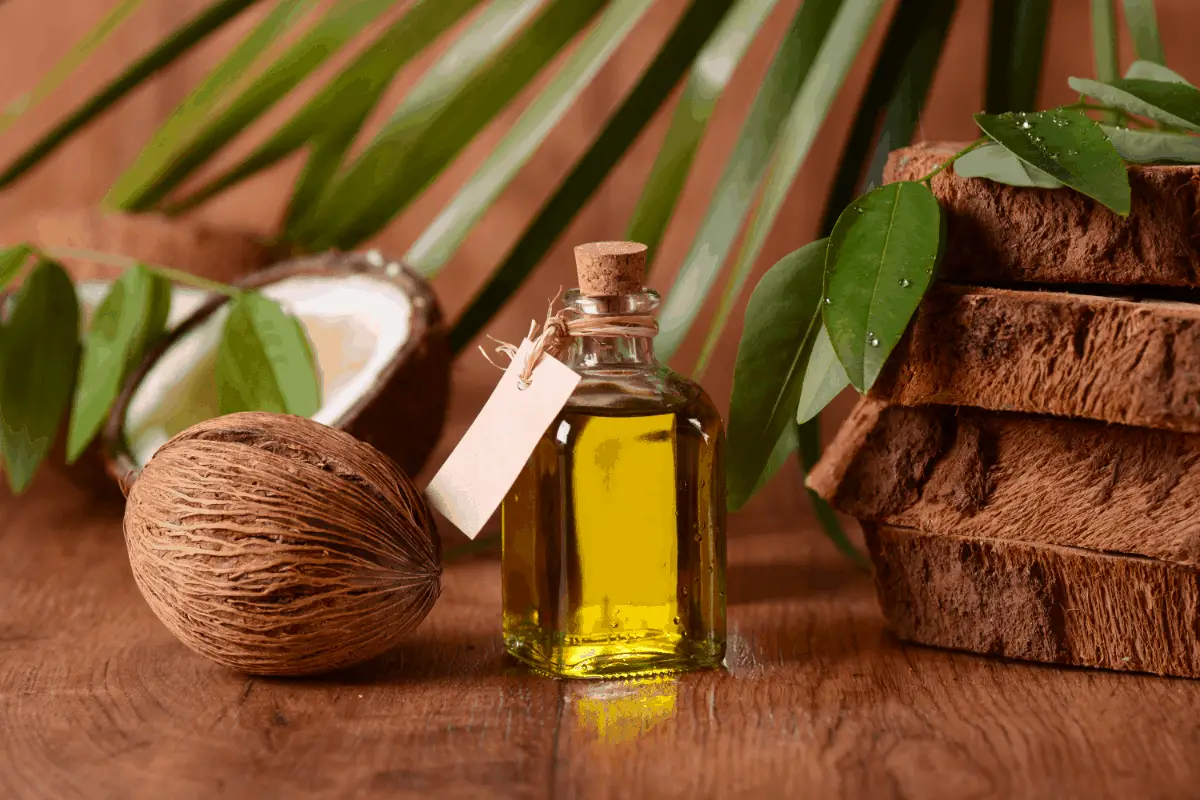

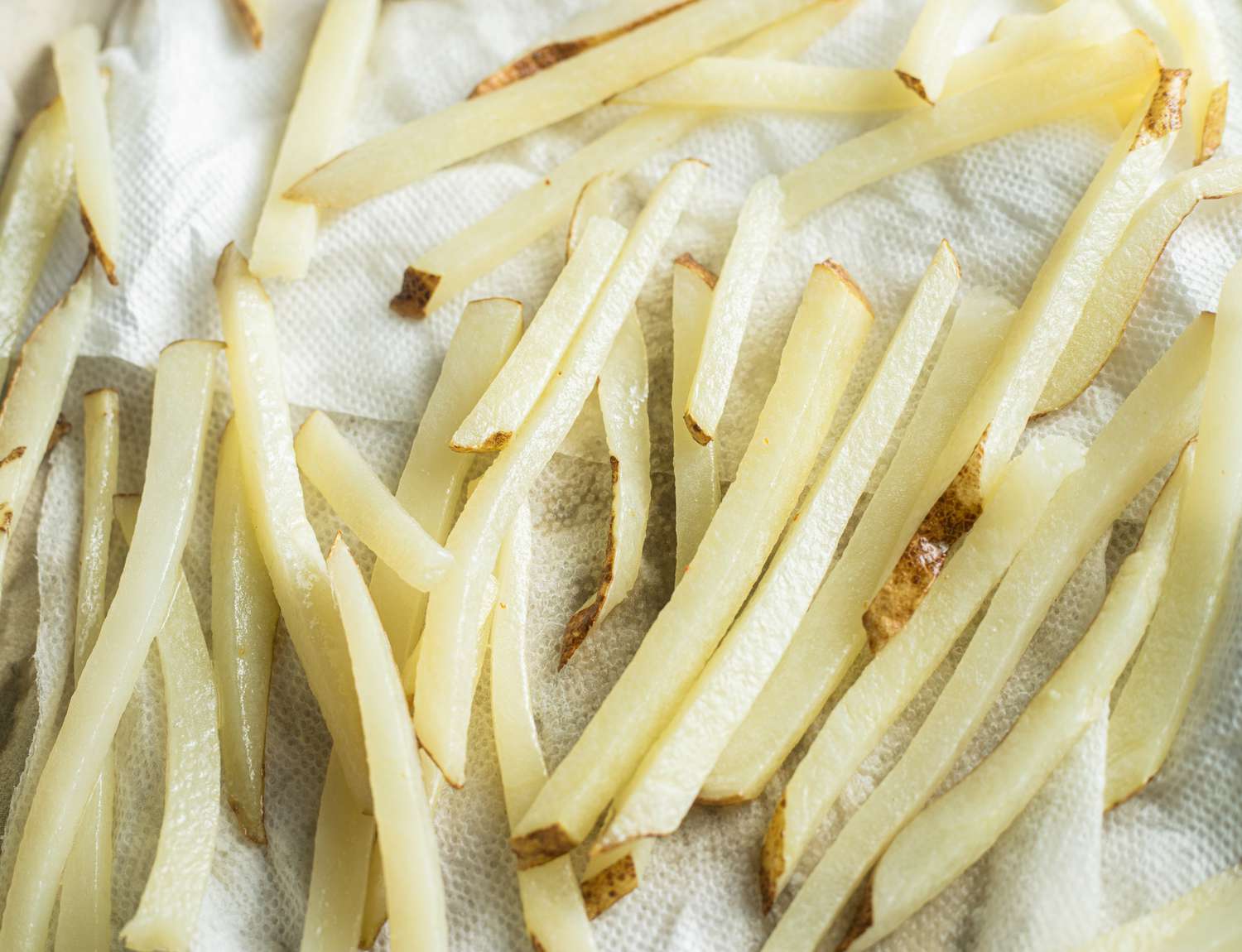
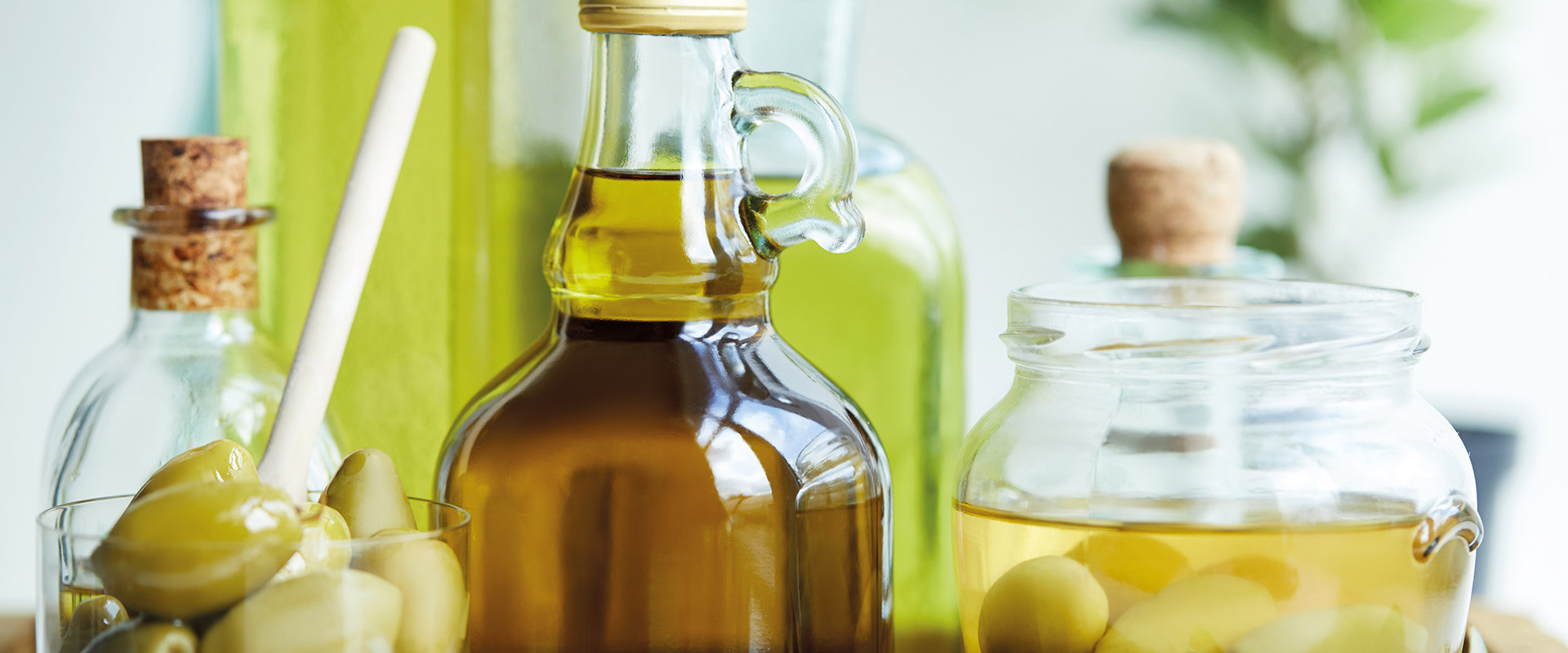
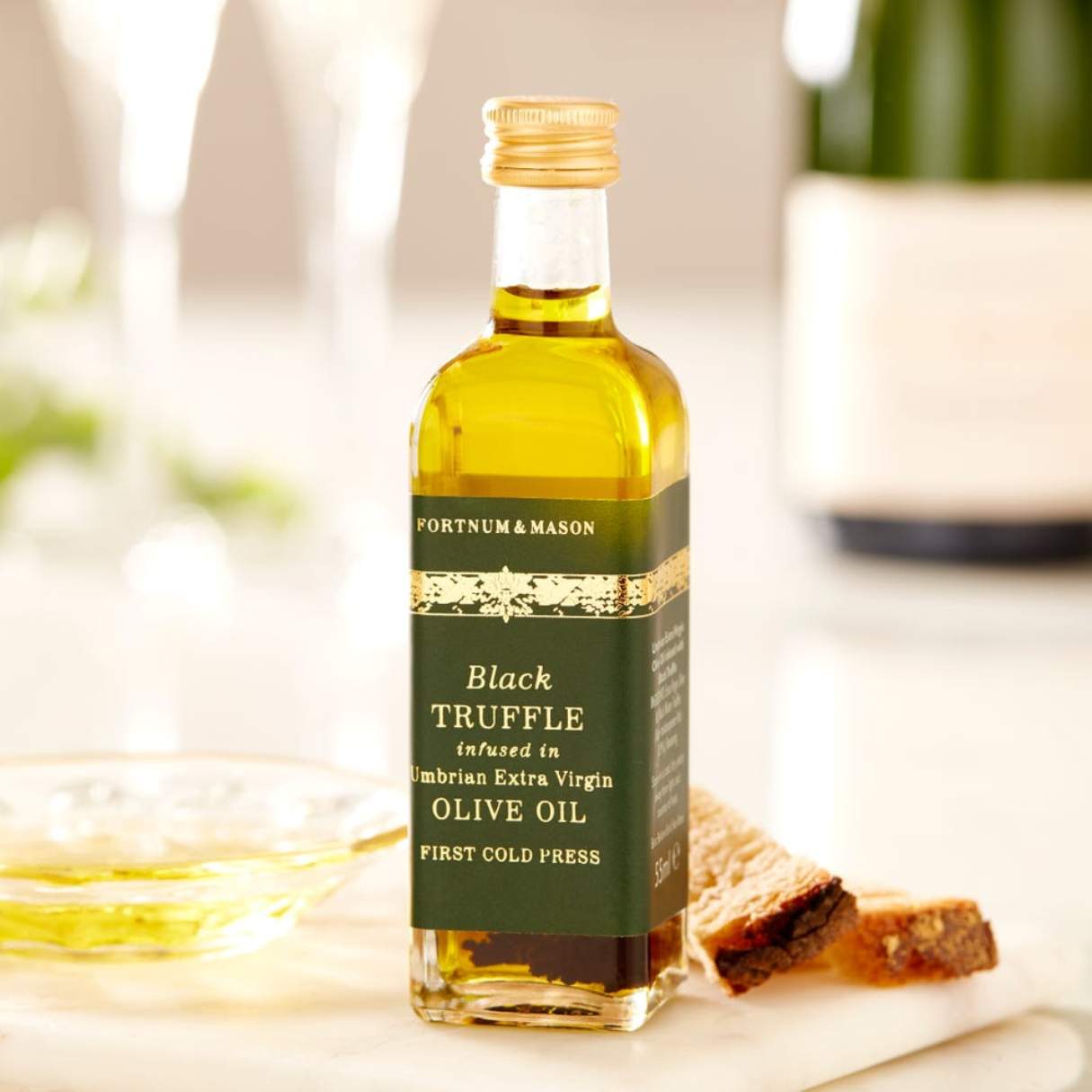


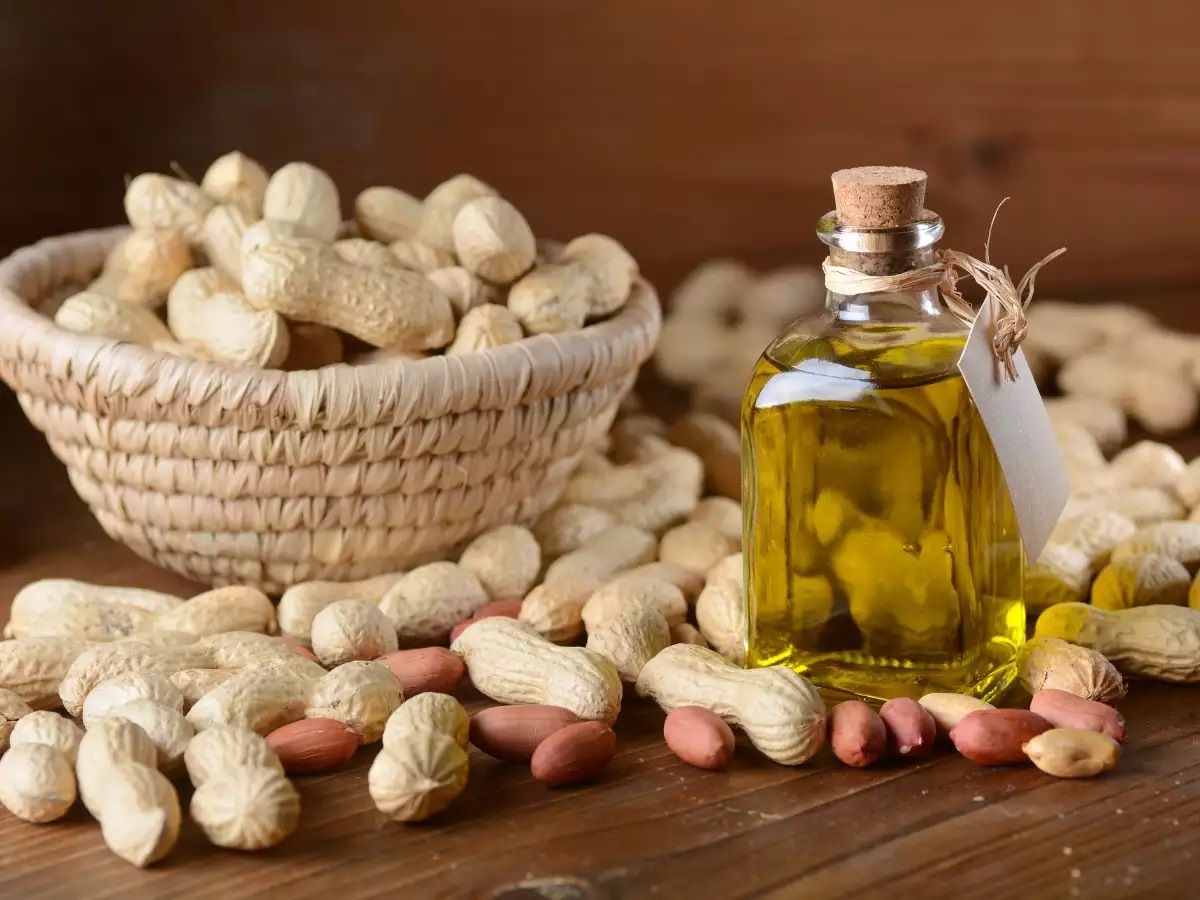

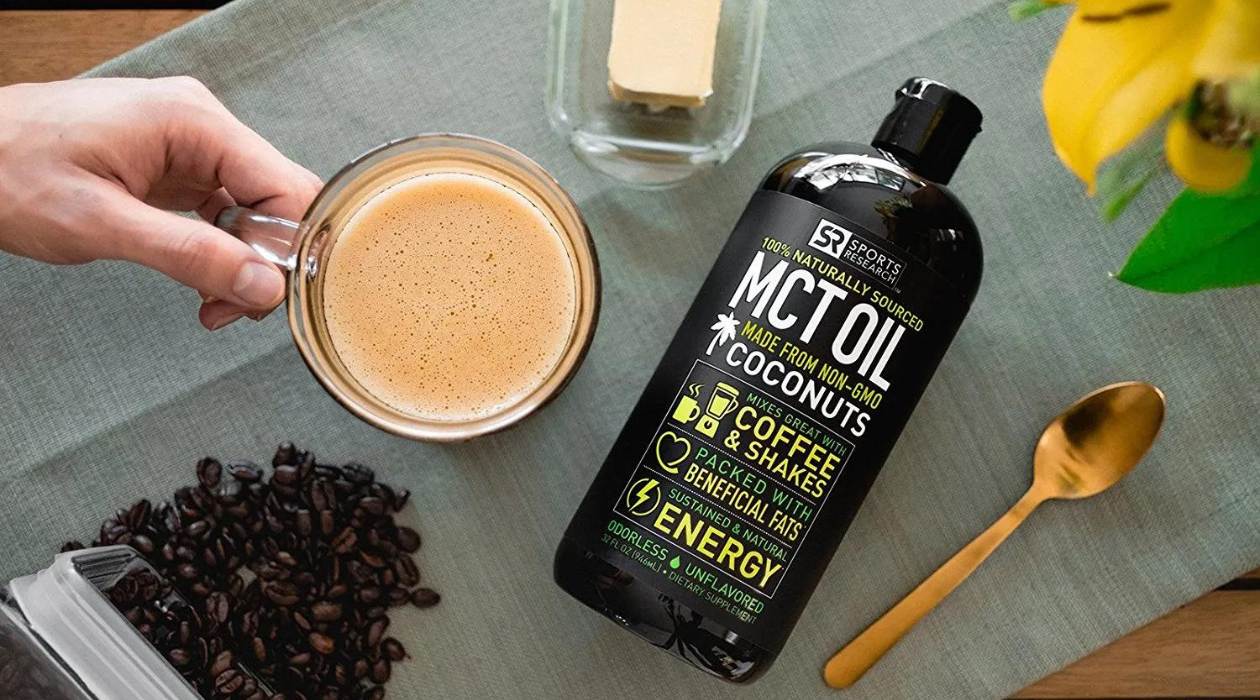

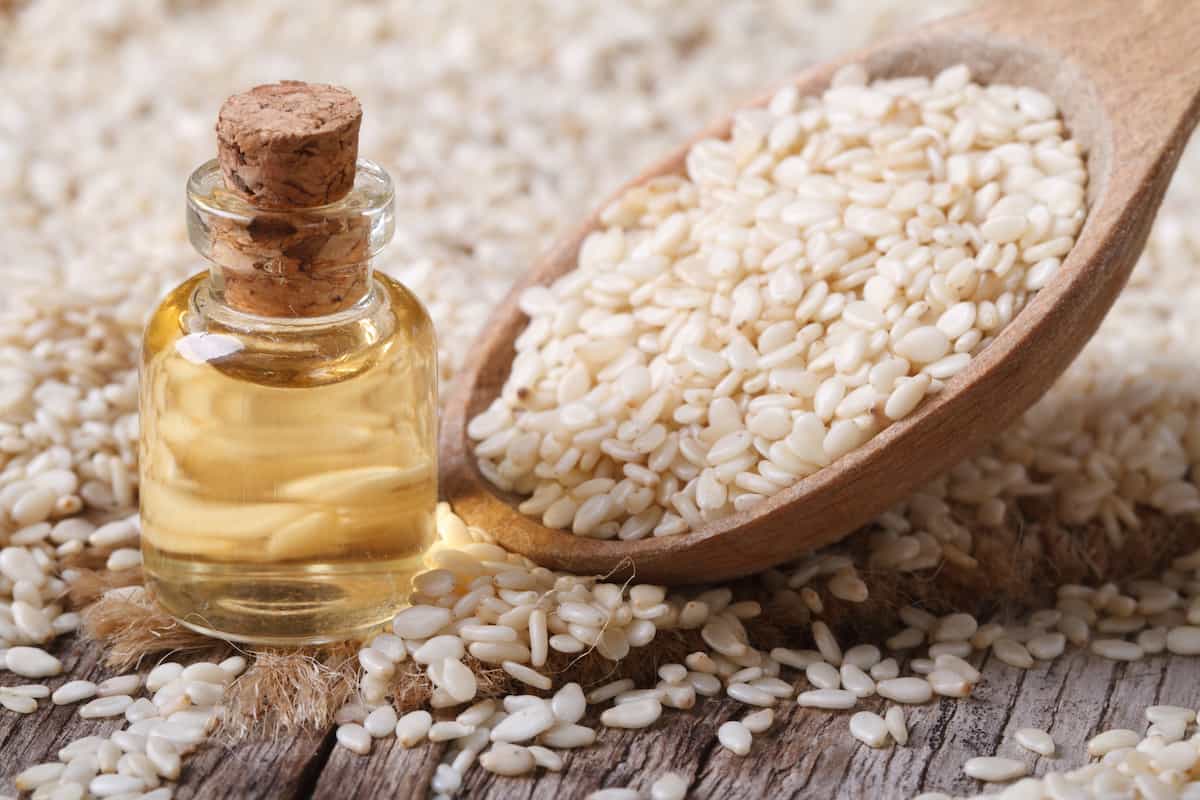
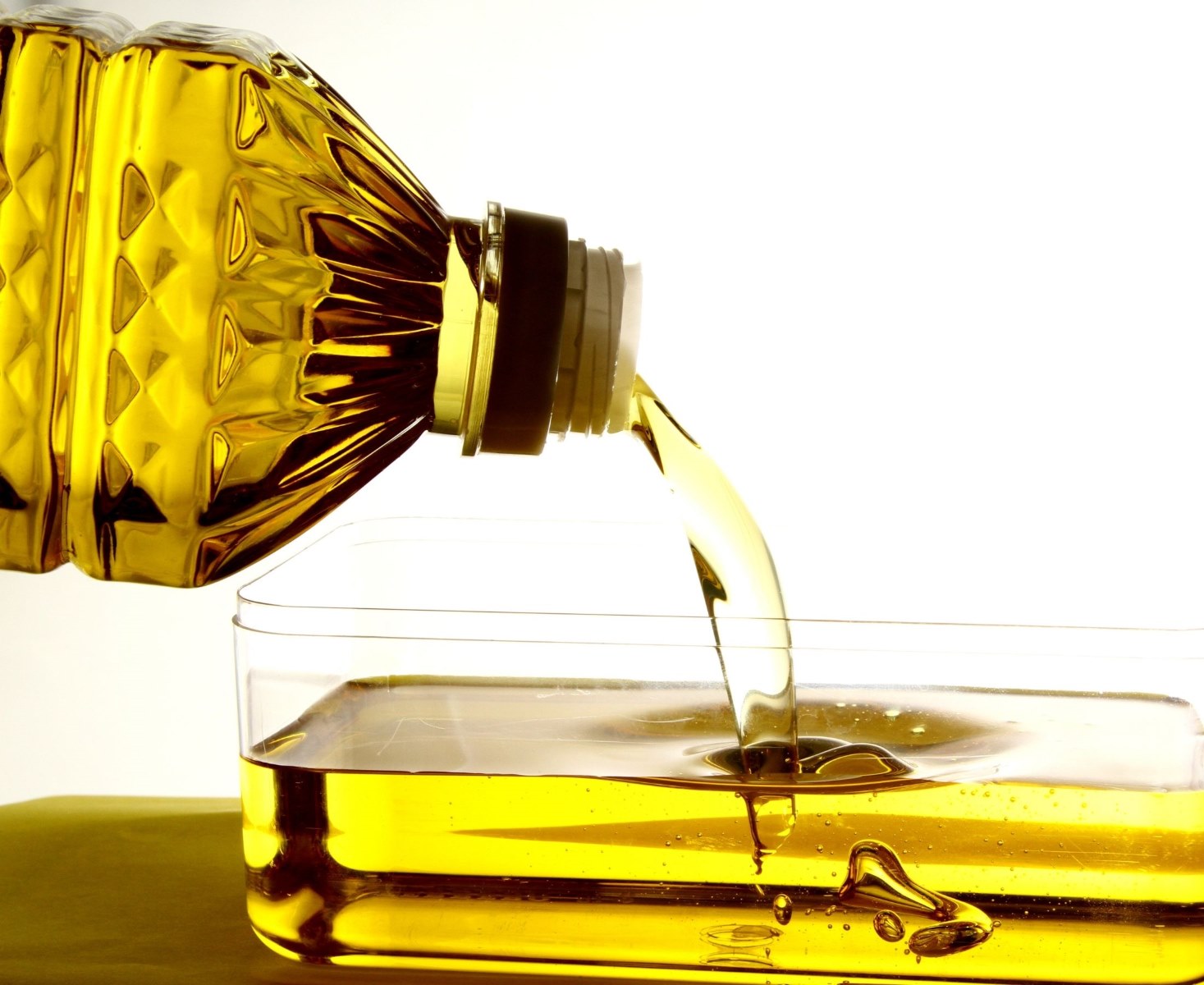

0 thoughts on “How To Store Frying Oil”